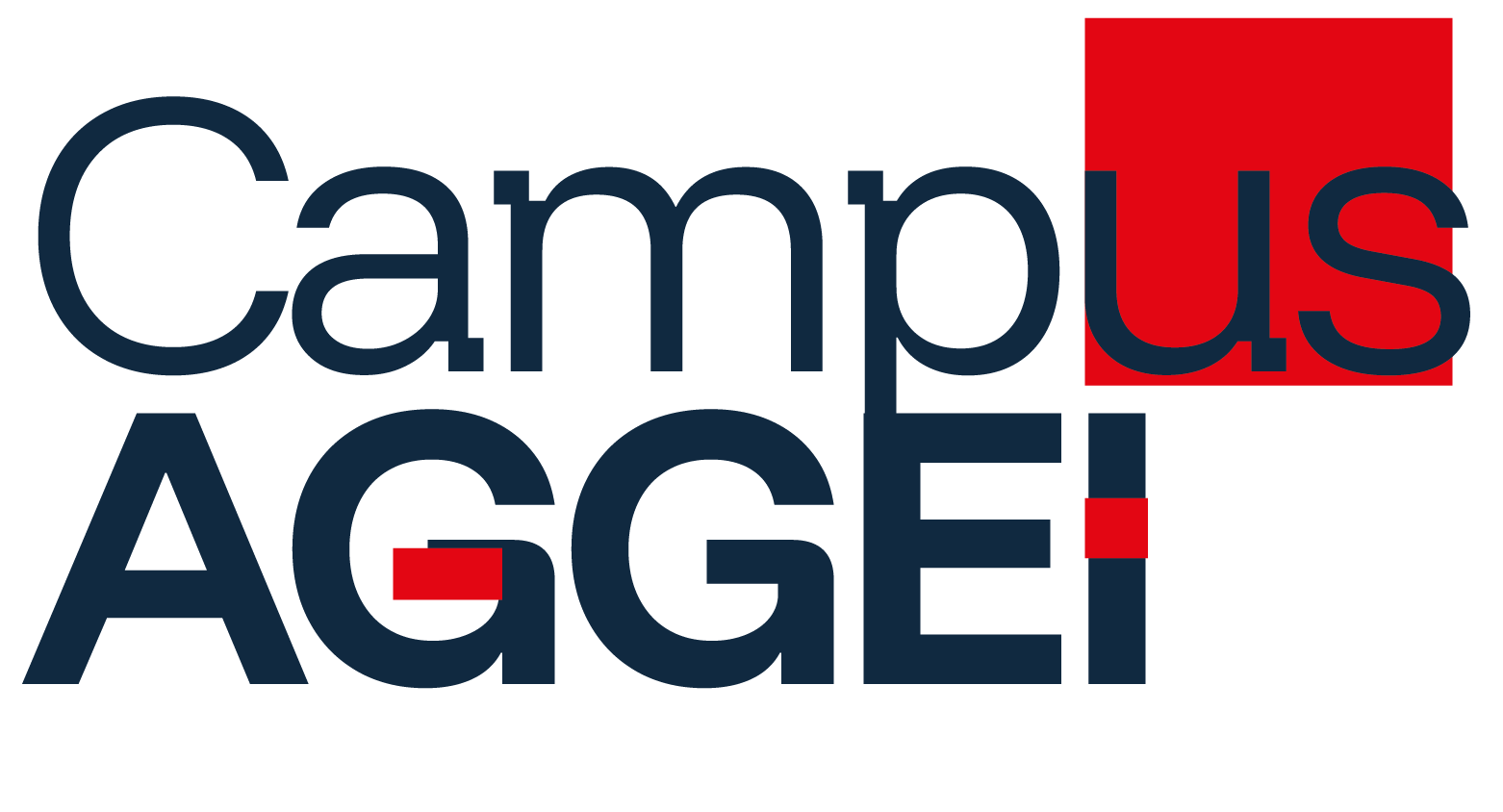AREA TEMATICA: Ibd
Authors:
Kayali Stefano1,*, Fantasia Stefano1, Eleonora Cortellazzi1, Azzoni Cinzia2, Silini Enrico Maria2, Gaiani Federica1, Laghi Luigi1
Affiliations:
- Gastroenterology Unit, Department of Medicine and Surgery, University of Parma, Parma, Italy
- Anatomic Pathology Unit, Department of Medicine and Surgery, University of Parma, Parma, Italy
Background and aims:
NOD2 is the most relevant susceptibility gene for Crohn’s disease (CD). The three most common NOD2 variants (L1007fs, G908R, and R702W) are associated with a more aggressive disease behavior and are acknowledged risk factors for surgery by guidelines in children but not in adulthood. This study aimed to assess the effects of biological therapy on the need for surgery in CD patients according to NOD2 genotype.
Methods:
This monocentric, retrospective, observational study involved 157 patients with a median follow-up of 11 years. Clinical data (demographics, comorbidities, imaging, endoscopies and surgeries) and NOD2 genotyping (L1007fs, G908R, and R702W variants) were collected. Chi-squared and Fisher exact tests were conducted to identify associations between categorical variables. Kaplan-Meier survival curves with log-rank test and Cox regressions stratified the surgical risk in patients according to NOD2 genotypes and treatments.
Results:
Among 157 patients, 47 (29.9%) showed at least one NOD2 variant. Irrespectively of the type of treatment and compared to NOD2 wild-type patients, those with the L1007fs variant exhibited a significantly higher risk of undergoing surgery (HR 2.6,95%CI 1.7-5.5,P=0.009), differently from those harbouring the G908R (HR 1.8,95%CI 0.7-4.7,P=0.22) or the R702W variants (HR 0.9,95%CI 0.3-2.7,P=0.9). As compared to NOD2 wild-type patients receiving biologics, the risk of surgery in those not receiving biologics was three times higher if NOD2 wild-type (HR 3.0, 95% CI 1.4-6.8, P=0.006) and up to seven times higher if with the L1007fs variant (HR7.5,95%CI 2.7-20.7,P<0.001), but not strictly significant in their mates treated with biologics (HR 2.7,95%CI 0.9-8.7,P=0.09). Similarly, G908R patients as well exhibited a five times higher risk of surgery if not receiving biologic therapy (HR 4.9,95%CI 1.6-15.2,P=0.005), but no difference if allocated to such treatment (HR 1.0, 95%CI 0.1-7.9,P=0.97). Eventually, the risk of surgery did not differ by genotype in patients with the R702W variant irrespectively of the type of treatment.
Conclusions:
CD patients with the L1007fs mutation in NOD2 exhibited an increased risk of undergoing surgery over time. Biological therapy reduced the need for surgery to variable extents according to NOD2 genotypes, with a positive gradient from wild type, to R908G and to L1007fs. NOD2 genotype could improve the long-term approach to surgery-sparing management, representing a useful tool for the precision management of CD.
Figure 1.

VALUTA ABSTRACT
Vota ogni categoria
| Originality | |
| Clarity | |
| Rationale | |
| Objectives | |
| Endpoint measures | |
| Statistics | |
| Results | |
| Relevance | |
|
Media
|
|

|
|


